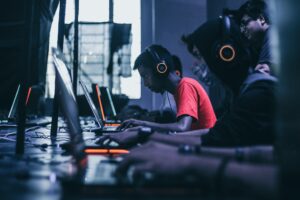A social psychologist and assistant professor at Lehigh University, Valerie Jones Taylor, has been awarded a $1.79M National Science Foundation (NSF) CAREER Award to showcase the effectiveness of virtual reality as a medium for diversifying the STEM pipeline by improving interracial interactions.
According to a recent Pew Research Center Analysis, regardless of the rapid workforce growth in STEM (science, technology, engineering, and math), Black and Latinx workers lag far behind in terms of representation in these fields in the US.
Black workers constitute 11% of the overall adult workforce. However, only 9% of those have STEM occupations, with just 5% in some fields such as engineering. Latinx workers make up 17% of total employment across all professions, but just 8% of all STEM workers.
“Based on the need to remain on the cutting-edge of technology in the US, we should be particularly mindful of reaching such ‘untapped talent,’” said Valerie Jones Taylor.
Her research is centered on identity-related questions and intergroup interactions and is particularly inclined towards “… studying negative racial stereotypes, where they come from and how they can impact our interracial interactions.”
Taylor believes that, based on evidence, negative interracial interactions could be the primary reason behind the lack of racial and ethnic diversity in STEM. In addition, these interactions take away the sense of belonging among STEM-interested students from underrepresented groups over time.
She has been bestowed upon the National Science Foundation (NSF) CAREER grant to explore the effectiveness of using virtual reality as a medium to tackle the said negative interactions and bring about a cultural shift in the STEM fields.
During particularly charged interracial interactions, “people clam up, they cannot speak, they get physiologically hot and overwhelmed, and this response can break down the interaction,” said Taylor.
“The theory is that by engaging in these virtual interracial contact sessions, people will build their ‘interpersonal competency muscles’ and that practicing in a virtual space could lead to improved engagement with a live person of a different race.”
Follow us on LinkedIn
Read other Articles




